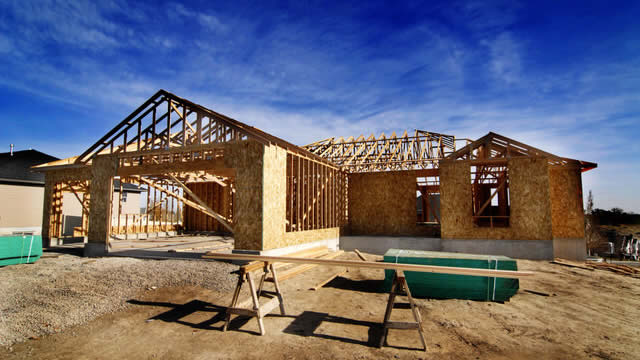United Homes Group: Navigating Growth and Financial Challenges in the Housing Market
United Homes Group, a lesser-known player in the housing market, has recently piqued the interest of investors due to its attractive pricing and diverse home product line. With a market capitalization of $202.1 million, the company focuses on high-growth areas, positioning itself for potential growth. However, a closer look at United Homes Group’s financial performance reveals a mixed picture.
Declining Backlog and Volatile Profitability Metrics
In the last quarterly report, United Homes Group reported a decline in its backlog, which measures the value of contracts yet to be completed. This is a cause for concern, as a shrinking backlog could indicate weaker demand for the company’s homes. Moreover, the company’s profitability metrics have been volatile, with profits fluctuating significantly from quarter to quarter.
Asset-Light Strategy: Flexibility vs. Challenges
United Homes Group employs an asset-light strategy, meaning it does not own the land on which its homes are built. This strategy offers flexibility, as the company can build homes in various locations without being limited by owned land. However, the rising payroll costs and greater commissions and discounts required to maintain this strategy have impacted profits and cash flows.
Impact on Individuals
For individual investors, United Homes Group’s financial performance could mean both opportunities and risks. Those who believe in the company’s growth potential may see the current challenges as temporary setbacks. On the other hand, investors concerned about the company’s profitability and cash flows may choose to avoid United Homes Group’s stock.
Impact on the World
At a broader level, United Homes Group’s financial performance could reflect trends in the housing market as a whole. If the company’s challenges are indicative of industry-wide issues, such as declining demand or increasing costs, it could have implications for other housing companies and the economy as a whole. Conversely, if United Homes Group’s challenges are unique to the company, the impact on the housing market and the economy may be limited.
Conclusion
United Homes Group’s financial performance presents a complex picture for investors. While the company’s attractive pricing and diverse home product line make it an intriguing prospect, the declining backlog and volatile profitability metrics suggest challenges. The asset-light strategy offers flexibility but comes with its own costs. As individuals and the world watch United Homes Group’s journey, the outcome could offer insights into the housing market’s future.
- United Homes Group’s financial performance is mixed, with declining backlog and volatile profitability metrics.
- The company’s asset-light strategy offers flexibility but comes with rising payroll costs and greater commissions and discounts.
- Individual investors may see opportunities or risks in United Homes Group’s financial performance.
- The housing market and the economy could be impacted by United Homes Group’s challenges, depending on their scope and cause.





